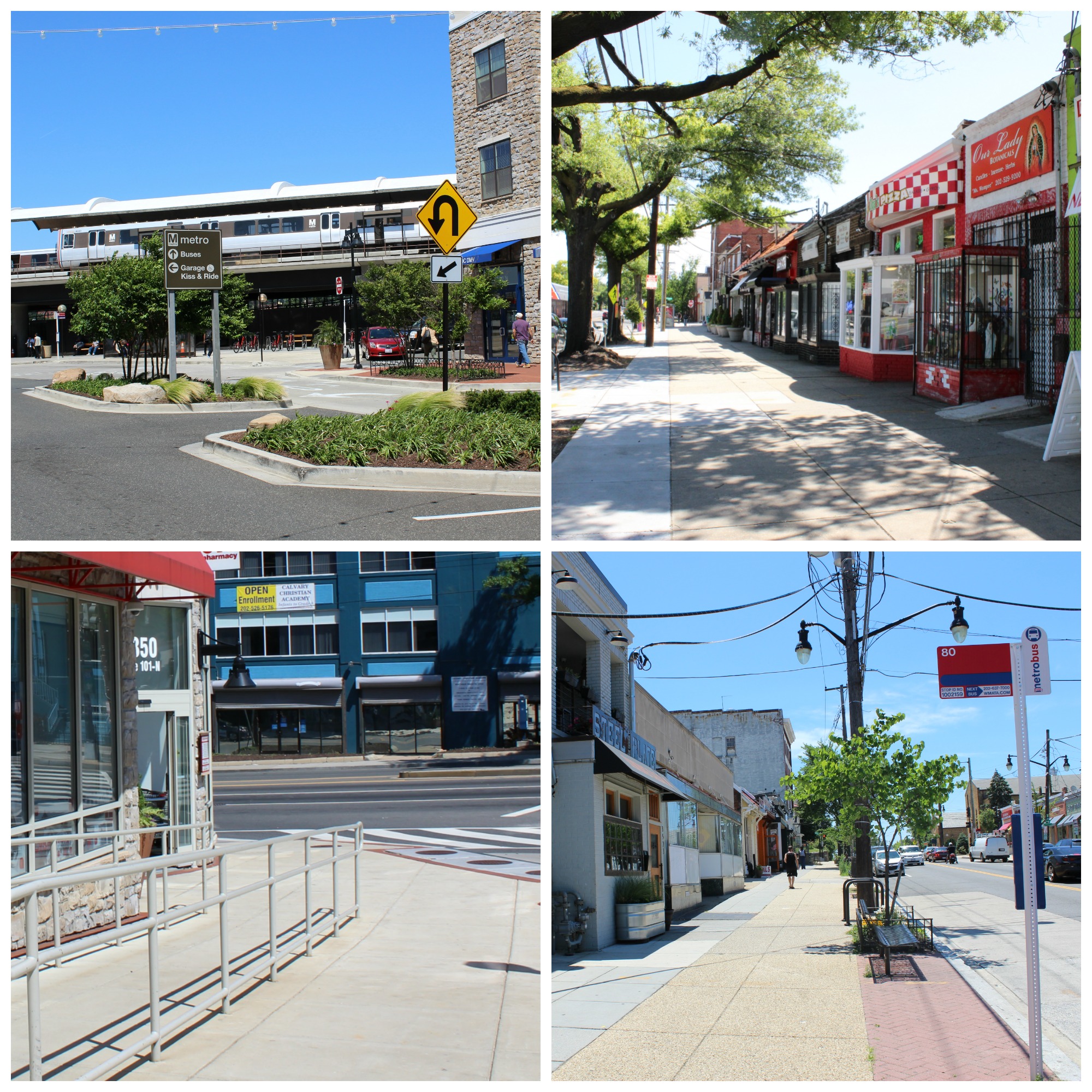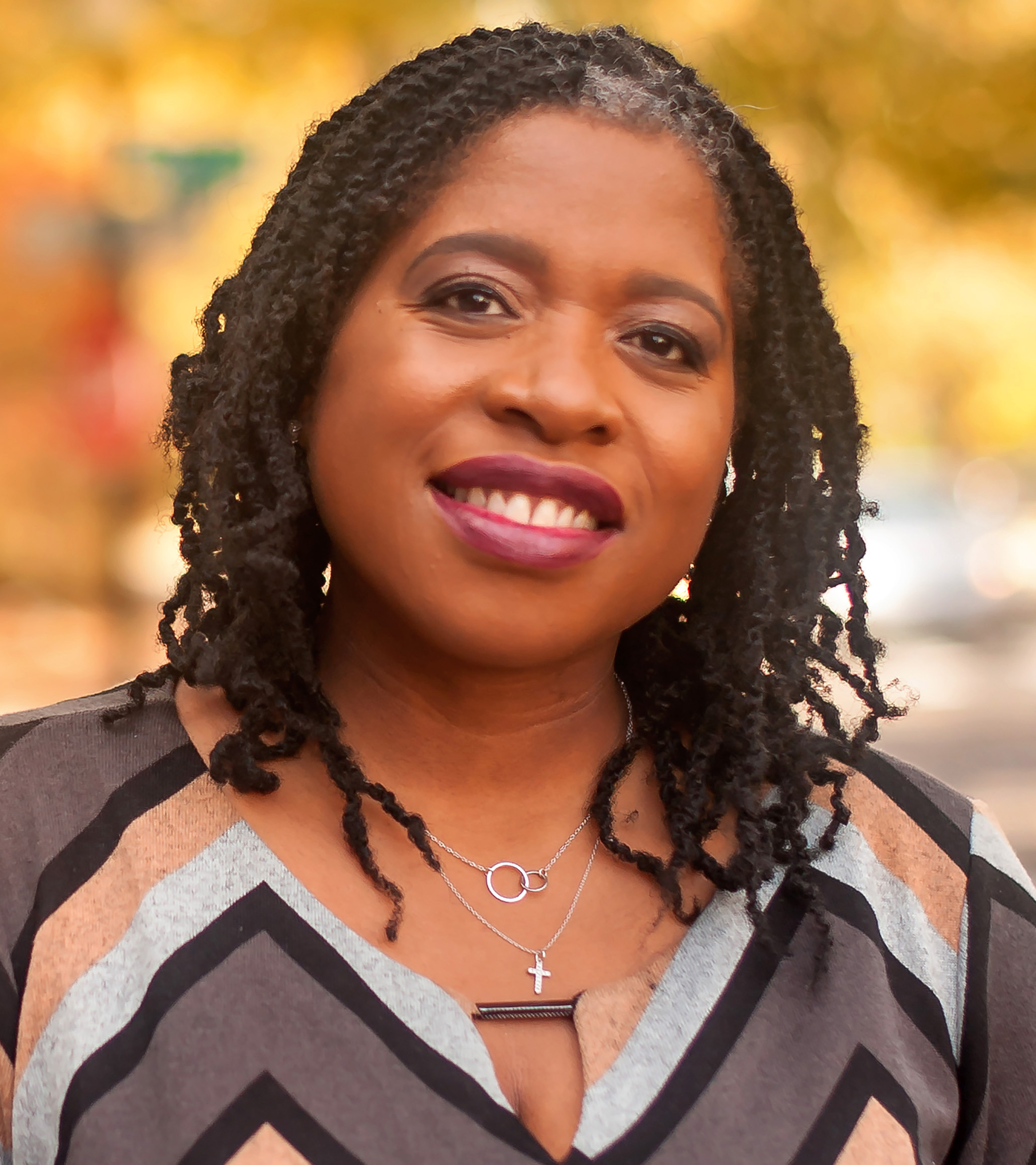AARP Eye Center
Building Livable Communities for All Ages in Washington, D.C.
By Shannon Guzman, July 20, 2017 10:00 AM

Many perceive Washington, DC as being a livable community. It has plenty of shops, interesting neighborhoods, fun destinations, lively streets, and transit options.
Yet is the nation’s capital truly livable? A livable community is livable for people of all ages. Shops should include stores with healthy food choices and pharmacies, while interesting neighborhoods mean housing for diverse household types. Fun destinations should feature not just costly options, but recreation centers, libraries, and parks. Lively streets should be safe for pedestrians, bikes, and cars.
A look at the city’s livability status and efforts going forward highlight the kinds of successes and challenges for many cities across the country.
Top 10 Success
Fortunately, the nation’s capital does boast many positive livability features. Washington ranks in the top 10 livable large cities, according to AARP’s Livability Index: Great Neighborhoods for All Ages. The Index helps communities determine how well they meet the needs of residents across their lifespan. Livability attributes benefiting older residents typically benefit younger ones as well.
The Index measures indicators across seven categories: health, environment (air and water quality), social and civic engagement; accessible and affordable housing; transportation; supportive services; and economic and educational opportunity. In our latest update, the District receives a livability score of 59 –higher than the average of 50, scoring best in engagement, transportation, and neighborhood.
Eyeing Livability 2.0
DC, like all communities no matter how successful, still has work to do. As the Index shows, the nation’s capital faces challenges in features related to the environment and to opportunity, and it also is working to meet the needs of its residents as they age. As a member of the AARP Network of Age-Friendly Communities, the District is making livability a top priority. The District’s age-friendly action plan, based on community assessment and input, addresses affordable housing, social isolation, and neighborhood safety. A recent progress report highlights achievements such as an intergenerational housing complex, an expansion of affordable units targeting very-low income residents, and a partnership to obtain transportation for older adult residents.
Yet success often brings challenges. Features that make cities more livable and attractive can push housing demand and prices higher. As a result, retaining and building affordable housing, especially in popular urban areas, become increasingly difficult. Sure enough, the Index shows Washington struggling with high housing-related costs and a lower-than-average rate of accessible homes for people with limited mobility. Washington is not alone in grappling with how to ensure that everyone has a place to live, for this is happening across the country.
The District is addressing its affordability and housing challenges through strategies such as low-income housing tax credits, inclusionary zoning, and funding for services for homeless families. In 2016, the city committed $100 million to its Housing Production Trust Fund. The investment will fund 12 new developments including a project consisting of units specifically slated for older adults. Other new and renovated housing units add more affordable options. Many such units are close to public transportation, neighborhood amenities, and social services. Additionally, the city helps older adults and people with disabilities renovate homes with features that make them safer. These policies all help residents to remain in their communities as prices rise.
A Vision Requiring Collaboration
Meanwhile, the work continues in many communities. As DC shows, achieving greater livability for everyone requires a strong collaboration among residents, businesses, agencies, local organizations, and developers. Partners can provide key data, add their perspectives, and share expertise—ultimately resulting in effective and innovative solutions that improve communities and address challenges.

You may also like:
- The Future of Housing — AARP and AARP Foundation’s new initiative to address bring awareness to housing challenges that people are facing across the country and to help find solutions to address them.
- Future of Housing: Meeting Accessibility Needs — A video illustrating the needs of people who could benefit from homes with accessible design features.
- Is Your Community the Right Fit?— A blog post about actions that communities can take to become more livable, especially as people age.
- Different Generations, Similar Desire for Walkable Communities— A blog post about vibrant communities with amenities close to home that appeal to both older and younger generations.
























































